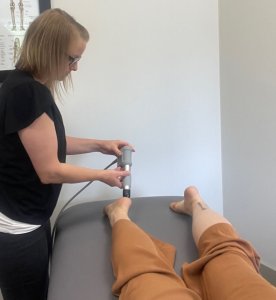
Shockwave Therapy: Who Is It For and Does It Work?
Chronic pain and stubborn injuries can be frustrating to manage—especially when rest, stretching, and even traditional therapies don’t provide relief. If you’re looking for a non-invasive, evidence-based treatment that targets pain at its source, shockwave therapy may be the answer.
In this post, we’ll explore how shockwave therapy works, who benefits most from it, and whether it truly lives up to the hype.
What Is Shockwave Therapy?
Shockwave therapy, also known as extracorporeal shock wave therapy (ESWT), is a non-invasive treatment that delivers high-energy acoustic waves to injured soft tissues, tendons, ligaments, or bone. These waves stimulate cellular repair, increase blood flow, and reduce pain by jump-starting the body’s natural healing process.
Originally used for breaking up kidney stones, shockwave therapy is now widely used in physiotherapy, sports medicine, orthopedics, and rehabilitation clinics to treat musculoskeletal conditions.
What Conditions Can Shockwave Therapy Treat?
Shockwave therapy is most effective for chronic, stubborn injuries that haven’t responded well to other treatments. It’s commonly used for:
-
Plantar fasciitis (heel pain)
-
Tennis elbow (lateral epicondylitis)
-
Golfer’s elbow (medial epicondylitis)
-
Calcific tendinitis of the shoulder
-
Achilles tendinopathy
-
Patellar tendinopathy (jumper’s knee)
-
Hip bursitis
-
Shin splints
-
Scar tissue and trigger points
Who Is Shockwave Therapy For?
Shockwave therapy may be right for you if:
-
You have a chronic condition (lasting more than 6 weeks)
-
You’ve tried other treatments (like rest, massage, stretching, or injections) with limited success
-
You want a non-invasive treatment option without surgery or medication
-
You’re an athlete or active individual looking for faster recovery
However, shockwave therapy is not recommended for individuals who are pregnant, have blood clotting disorders, are taking blood thinners, or have certain nerve or circulation issues.
Does Shockwave Therapy Work?
Research and clinical studies have shown positive results for many conditions, especially in the reduction of chronic tendon pain. Some key benefits include:
-
Pain reduction: Many patients report a noticeable drop in pain after just 1-3 sessions.
-
Improved mobility: By breaking down scar tissue and calcifications, shockwave therapy can restore range of motion.
-
Faster healing: Increased blood flow and cellular activity promote tissue regeneration.
-
Minimal downtime: No need for anesthesia, injections, or long recovery periods.
In most cases, 3 to 6 treatments spaced one week apart are recommended for best results.
What to Expect During Treatment
A typical session lasts about 15-20 minutes. A gel is applied to the area, and the handheld shockwave device delivers pulses that may feel like snapping rubber bands or mild discomfort. Most patients tolerate it well, and any soreness usually subsides within a day.
If you’re dealing with persistent pain or an injury that won’t heal, shockwave therapy may be a game-changing solution. It’s fast, effective, and supported by clinical evidence. To find out if you’re a good candidate, consult with a licensed physiotherapist or chiropractor who offers shockwave therapy. Contact Laurelwood Chiropractic Wellness Centre | (519) 883-4188
